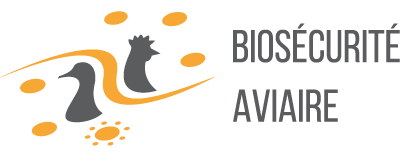Evaluate the spatial and temporal patterns of fattening duck movements in France
PHASE 1
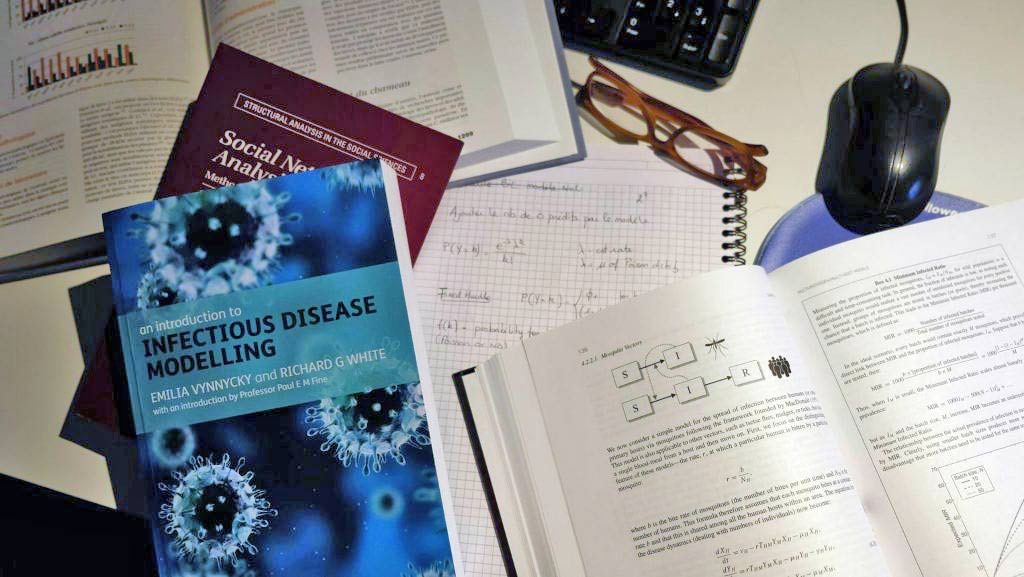
Describe the structure of the contact network of the fattening duck sector in France and test its influence on the risk of HPAI-H5N8 infection.
The structure and topology of the movement network will be described, taking into account the characteristics of the fattening duck sector. This first phase will allow the identification of network size, centrality measures (ex. degree, betweenness) and cohesion measures (ex. density, clustering coefficient). The properties of the network can also be defined (ex. scale-free, small-world). The association between network parameters or farm typology and the infected / non-infected status of farms will be then tested.
PHASE 2
Identify the factors that influence the structure of the farm contact network within the fattening duck sector.
Factors strongly influencing the network of fattening duck movements will be identified through the development of Exponential Random Graph Models (ERGM) to represent, explain and predict the observed network, which are models recently applied in epidemiology of animal diseases to understand the observed contact networks
PHASE 3
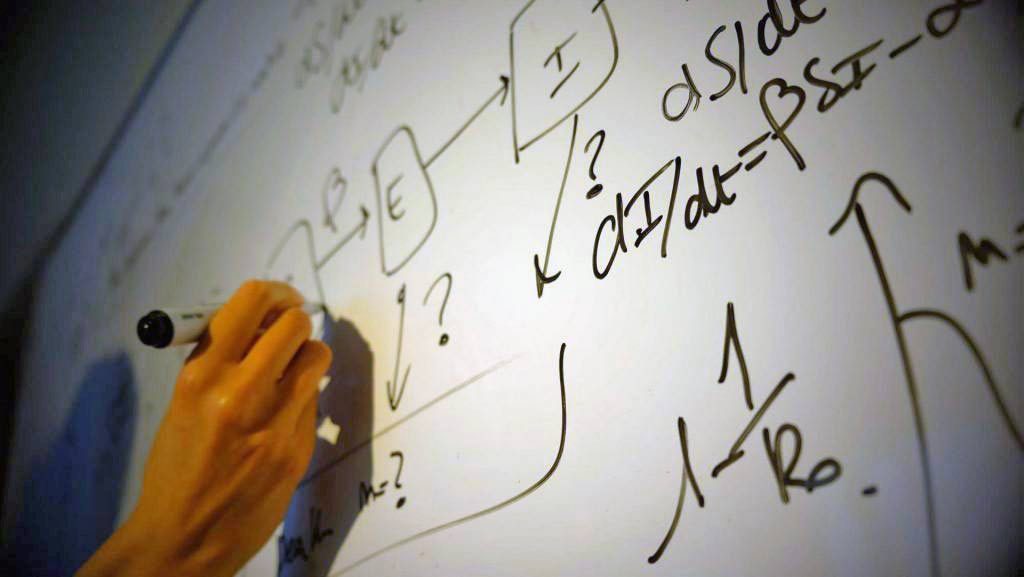
Identify the farms of the contact network that play a key role in the transmission of the virus.
This phase will aim to analyze the “community” structure of the contact network and identify potential zones or compartments (i.e. trade communities) via the use of a random-walk algorithm. The farms that link different communities will be identified.
